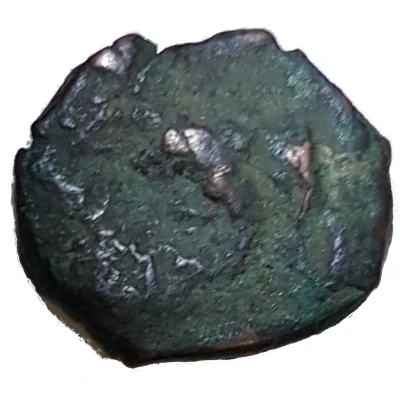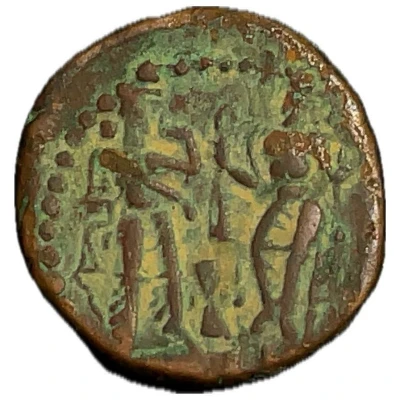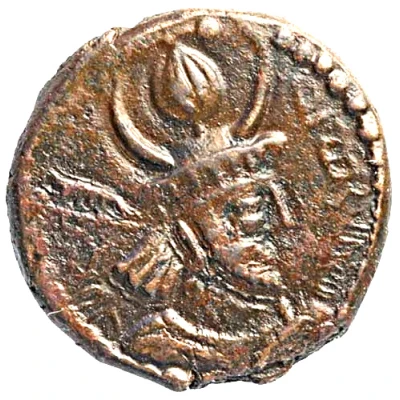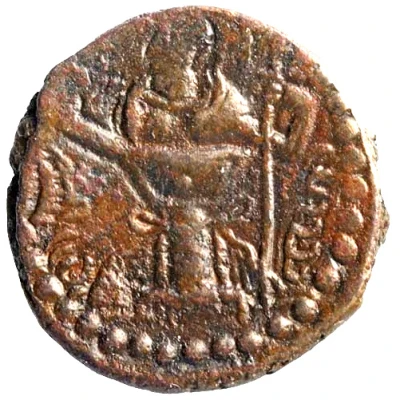


© vinicius Peclat
Chalkon anonymous
| Copper | 3.57 g | 14 mm |
| Issuer | Indo-Sasanian Kingdom (Sasanian Empire (224-651)) |
|---|---|
| Type | Standard circulation coin |
| Years | 284-302 |
| Value | Chalkon (1⁄576) |
| Currency | Drachm (230 AD-360 AD) |
| Composition | Copper |
| Weight | 3.57 g |
| Diameter | 14 mm |
| Shape | Round (irregular) |
| Technique | Hammered |
| Orientation | Variable alignment ↺ |
| Demonetized | Yes |
| Updated | 2024-10-10 |
| Numista | N#184529 |
|---|---|
| Rarity index | 93% |
Reverse
Zoroastrian fire altar.
Comment
These small, crude copper coins, sometimes called a Drachm or a unit, were minted between about 241 and 350AD. They are some of the last coins of the Kushano-Sasanians. They are modeled after the Sasanian silver Drachm, however are smaller, much cruder and made of copper.
Interesting fact
One interesting fact about this coin is that it features a unique blend of Indian and Persian influences in its design, reflecting the cultural exchange and syncretism that characterized the Indo-Sasanian Kingdom. The coin's obverse features a depiction of the Persian goddess Anahita, while the reverse features a representation of the Indian goddess Lakshmi, highlighting the cultural fusion that occurred during this period.



